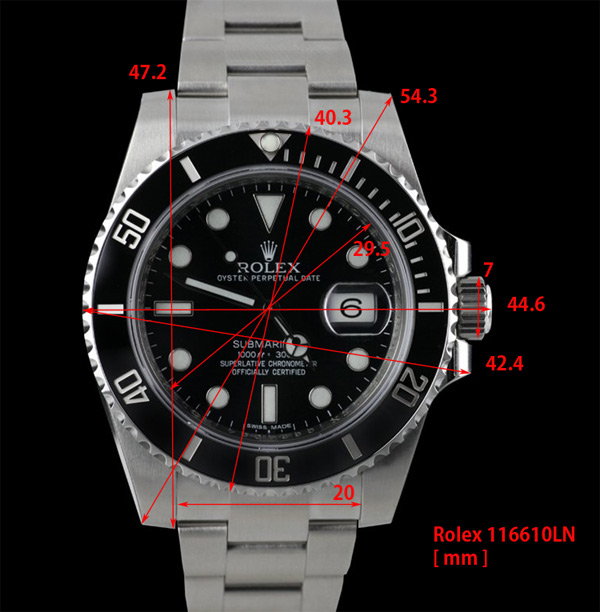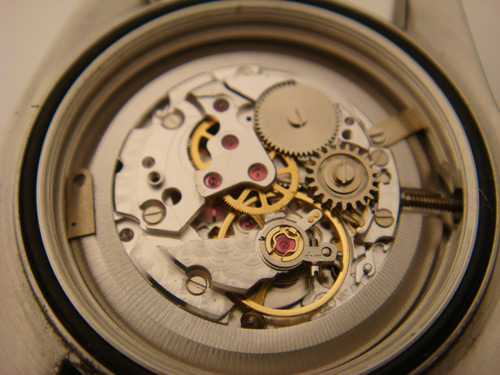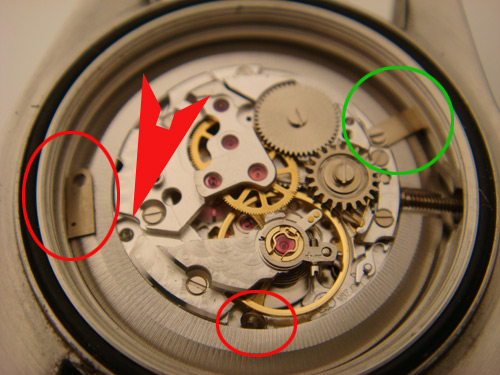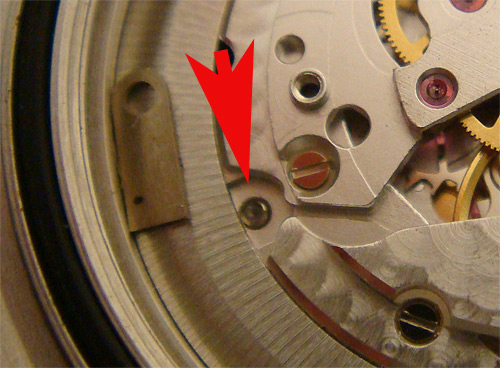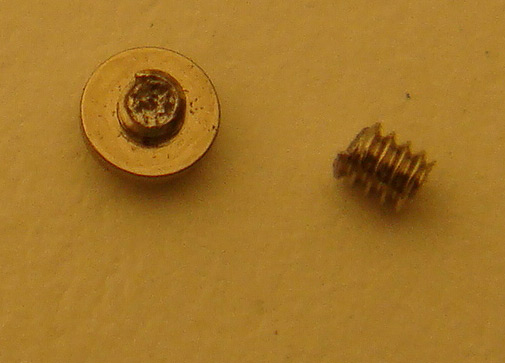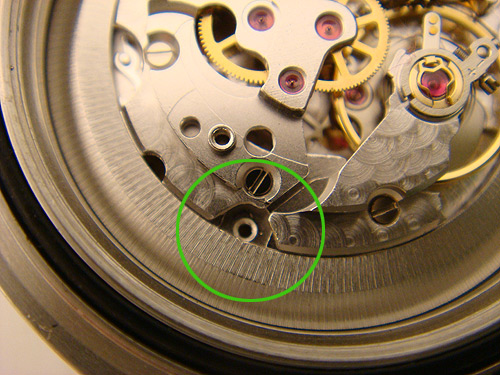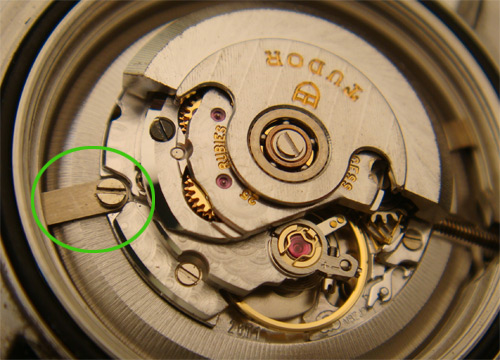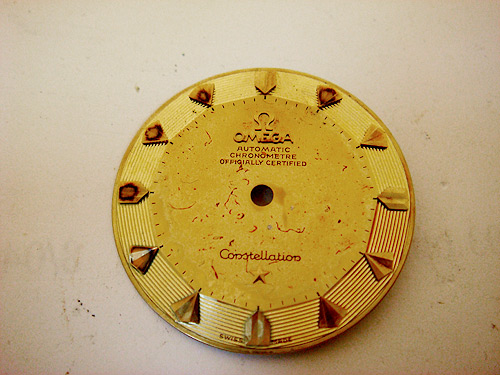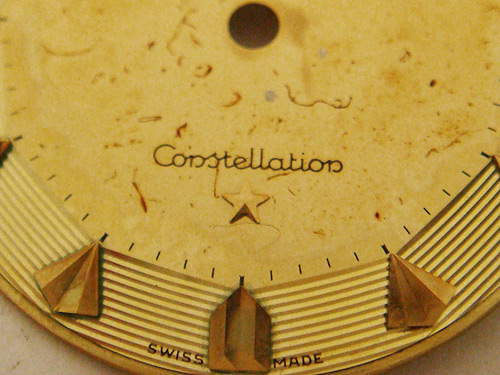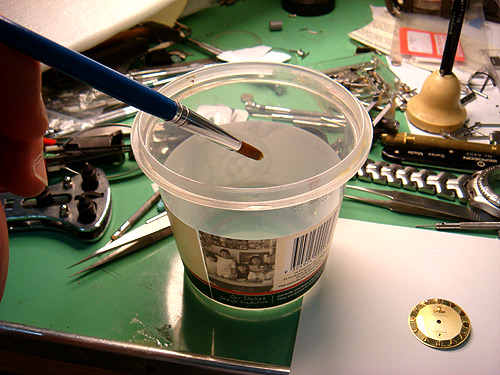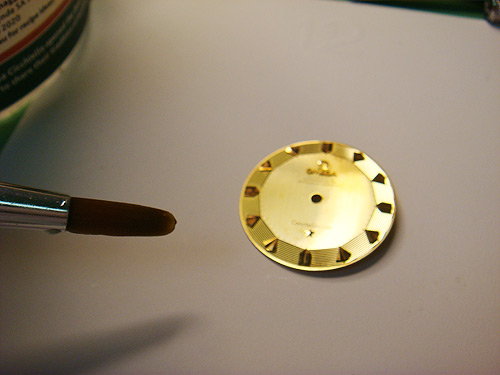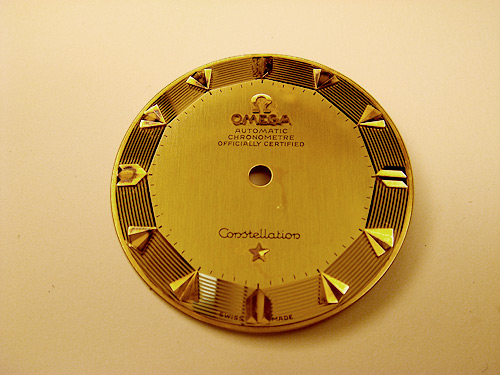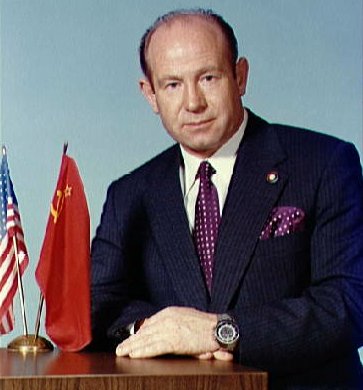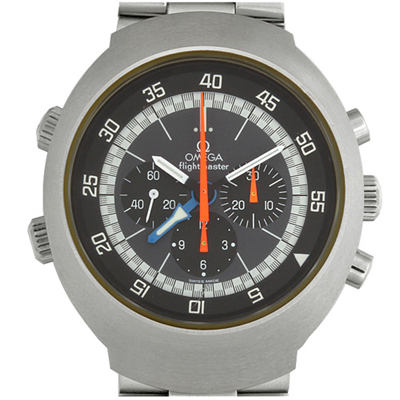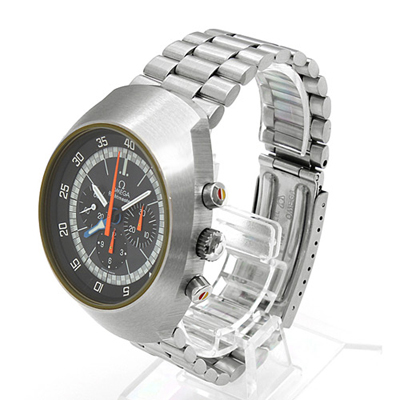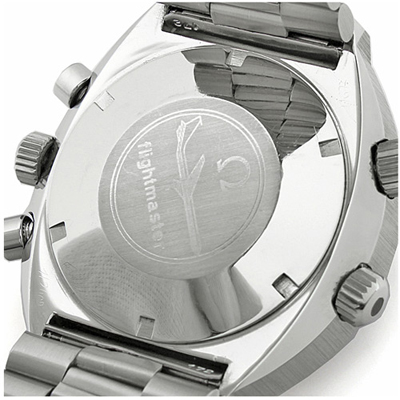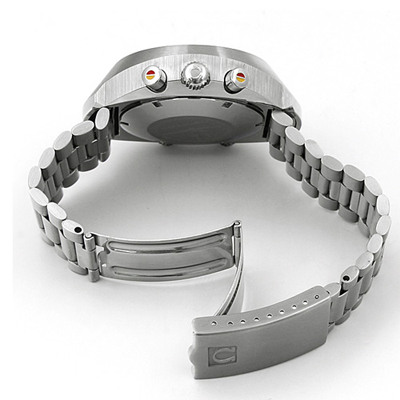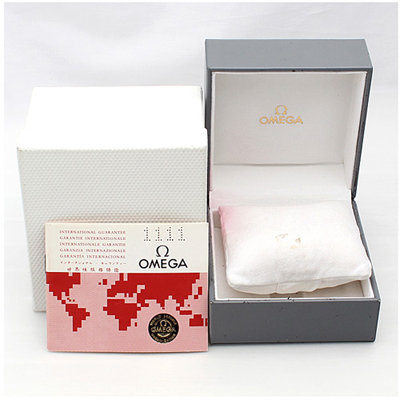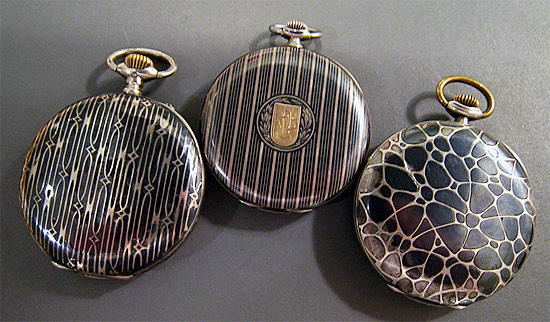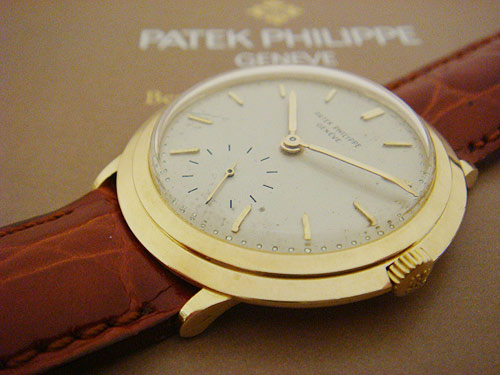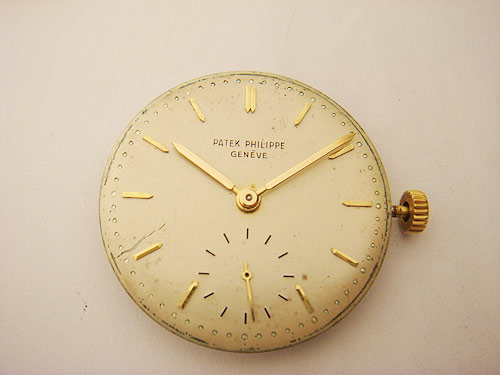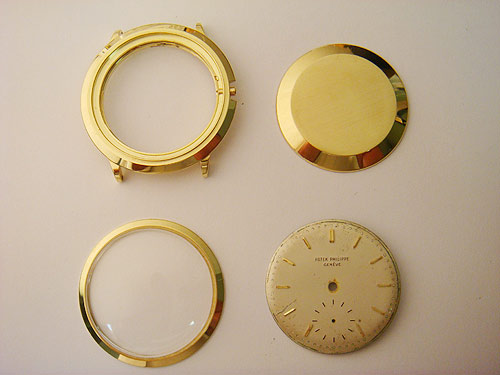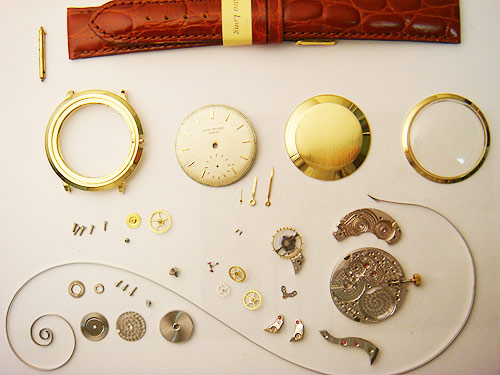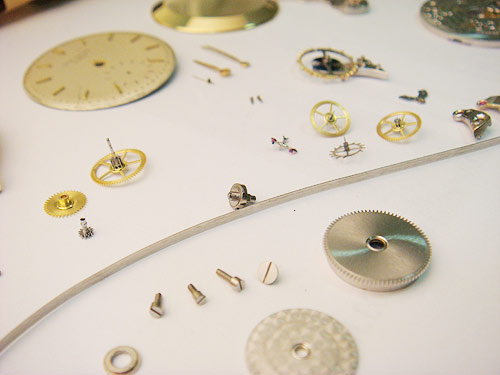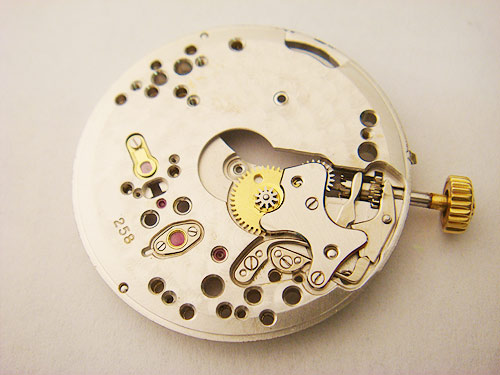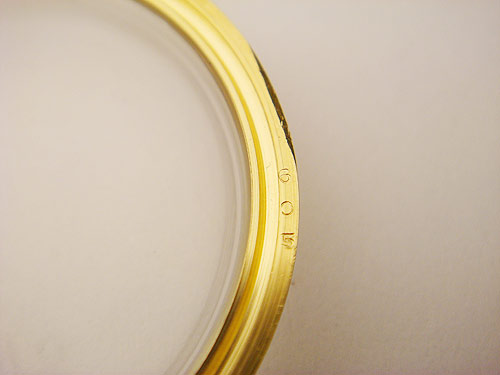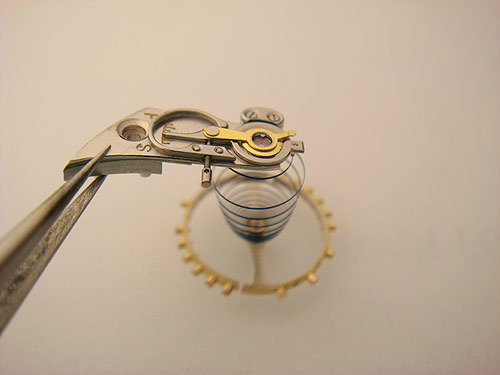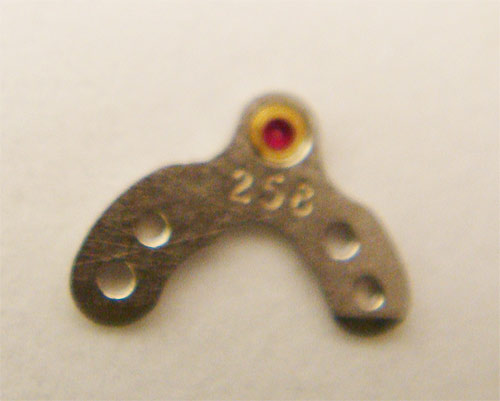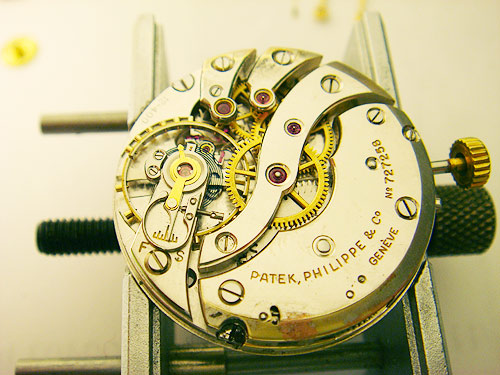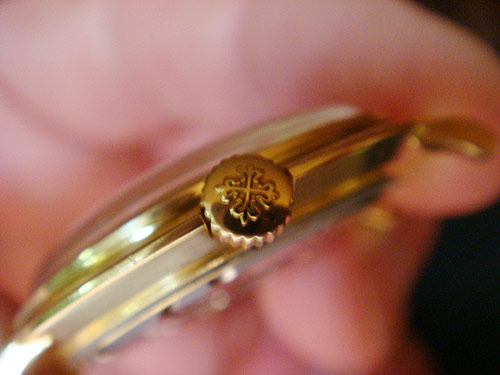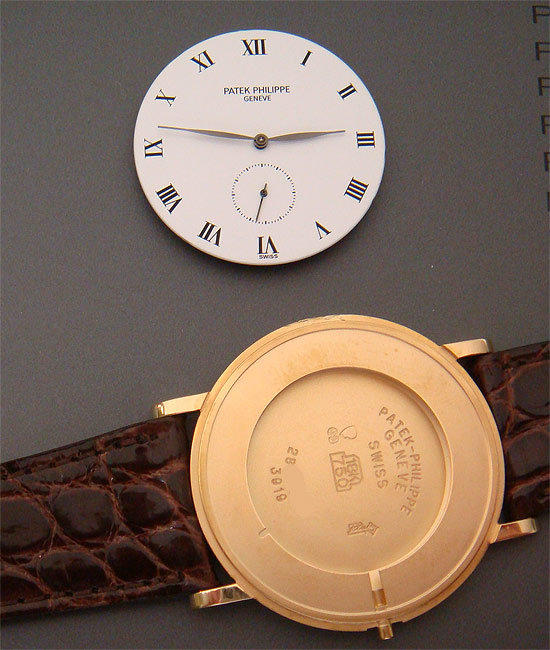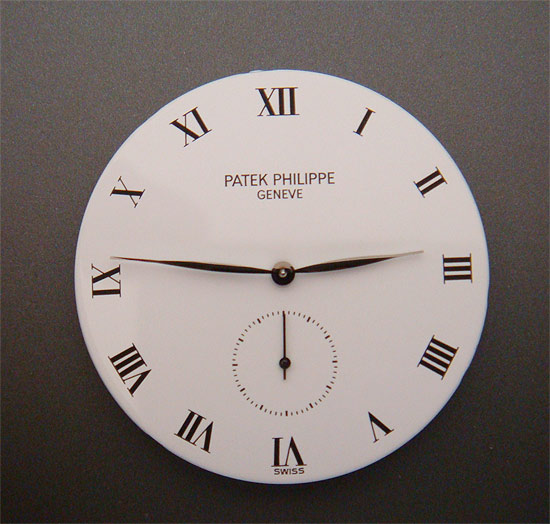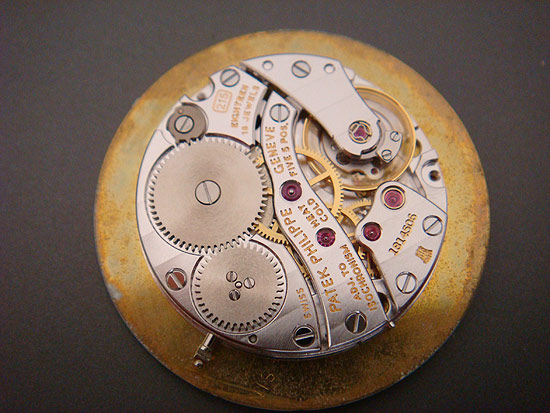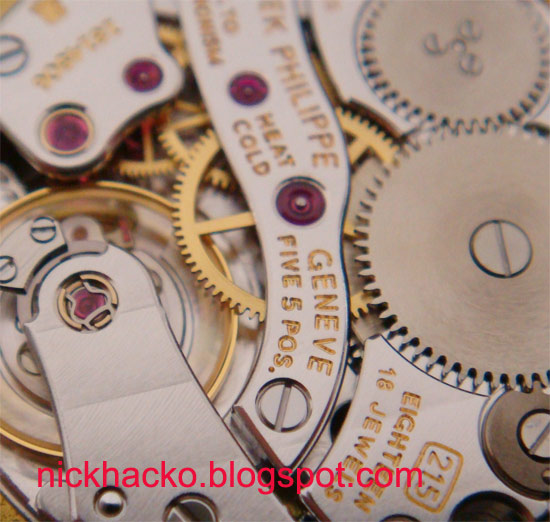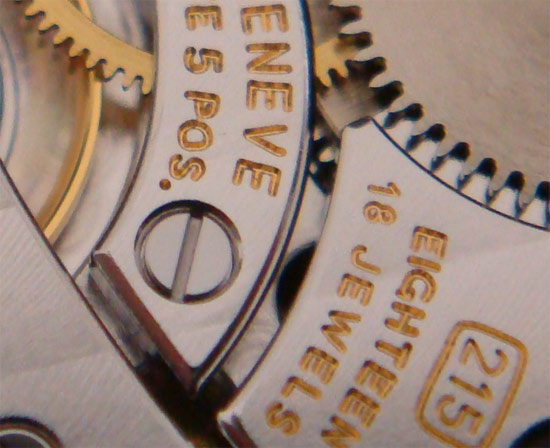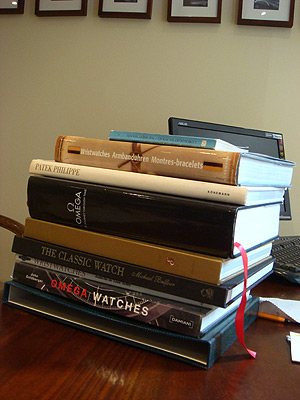Today, we got a very unique watch - and before you get excited about its stunning look, let’s just pause for a moment and turn our attention to its mechanism: the famous Lemania Cal. 1873.

Of course, the keen students of horology and "Moon watch" aficionados would no doubt recognize similarities between the Lemania 1873 and the Omega 861 / 1861.
Essentially, the Omega moon watch chronograph is Lemania movement.
The story of Lemania goes back to the year 1884 when Alfred Lugrin setup his workshop in Le Sentier, Switzerland, in the Vallée de Joux and not far from Lake Léman. The story goes that he was taught his watchmaking knowledge by the son of a farmer. Lugrin earned medals for the quality of his work in 1906 at the Milan fair and in 1914 in Bern. He specialized in complicated movements like chronographs and repeaters.
In 1930 his firm became “Lemania Watch Co.”
In 1932 Lemania became part of SSIH (Société Suisse pour l’industrie horlogère), merging with Omega and Tissot. Lemania's chronograph specialty enabled Omega to become the official timer of the Summer Olympic Games in Los Angeles, 1932.
And the SSIH quickly grew to over 50 companies.
Later, in 1981, Lemania separated from the SSIH group and was renamed “Nouvelle Lemania”.
In 1983, SSIH merged with USUAG (Allgemeine Schweizerische Uhrenindustrie AG, which included Longines, Rado and other parts manufacturers). The newly formed group was named SMH (Société de Microélectronique et d'Horlogerie) in 1986.
Two years later, SHM was renamed to “Swatch Group”, in recognition of the efforts of the small Swatch to save the Swiss watch industry.
In 1992 Nouvelle Lemania went to Investcorp and the Breguet group (“Groupe Horloger Breguet”, a.k.a. GHB). Finally, in 1999 Breguet became part of the Swatch Group, as did Lemania. And once again, like in the 1930s, inside the new group, Lemania's chronographs and complication movements became the foundation of the “Manufacture de Haute Horlogerie Breguet”. Today, Lemania's official name is “Montres Breguet” but the name on the door of the workshop stubbornly says “Lemania”.
So here you go - this is the story of a proud Swiss manufacturer who saved the Swiss high end manufacturing industry not once, but TWICE.
To say that Lemania chronographs have a special place in horological history would be an understatement.
A number of makers - Heuer, Breitling, Omega, Hamilton, Bucherer, Tissot - to name just a few - used this very chronograph to in their sports watches. It would be impossible to even guess how many of those movements were produced, but if I have to pick a number I would say probably 2-3 million!
And despite the large number of movements in circulation, Lemania never cut corners -
all were well manufactured, most of them are still in use and almost every single movement is repairable! But the most important point is this: the calibre itself has been virtually unchanged since the 1960s. What a testimony to great designing and fantastic micro-engineering.

So now that we all agree that the Lemania cal 1873 is the best movement in its class ever produced, (and I am dead serious here) let me unveil this beauty:
Breitling Naivtimer Mecanique in 18K yellow gold. Ref 11022.1
Released in a limited edition production of only 100 pieces in 18K yellow gold (and 400 in steel) this watch was built not just to impress but to showcase the brand in its best light.

For someone looking for a fine timepiece, this Navitamer has got it all: the looks, the works, beauty, presence, piece of mind, appearance AND quality. An head turner and conversation piece, or just a quiet status symbol, the choice is yours.
The attention to detail is evident: from a solid and robust gold case to the display case back, 18K sold gold buckle, down to solid gold spring loaded bars. In this case, there were no cost-saving tricks - Breitling needed just 100 buyers in the world, so this was not a watch marketed to the masses.
Case size: 41.5mm. Manual wind movement.

